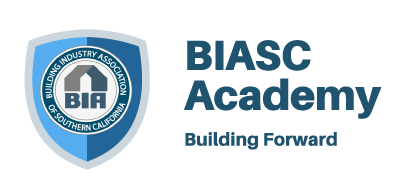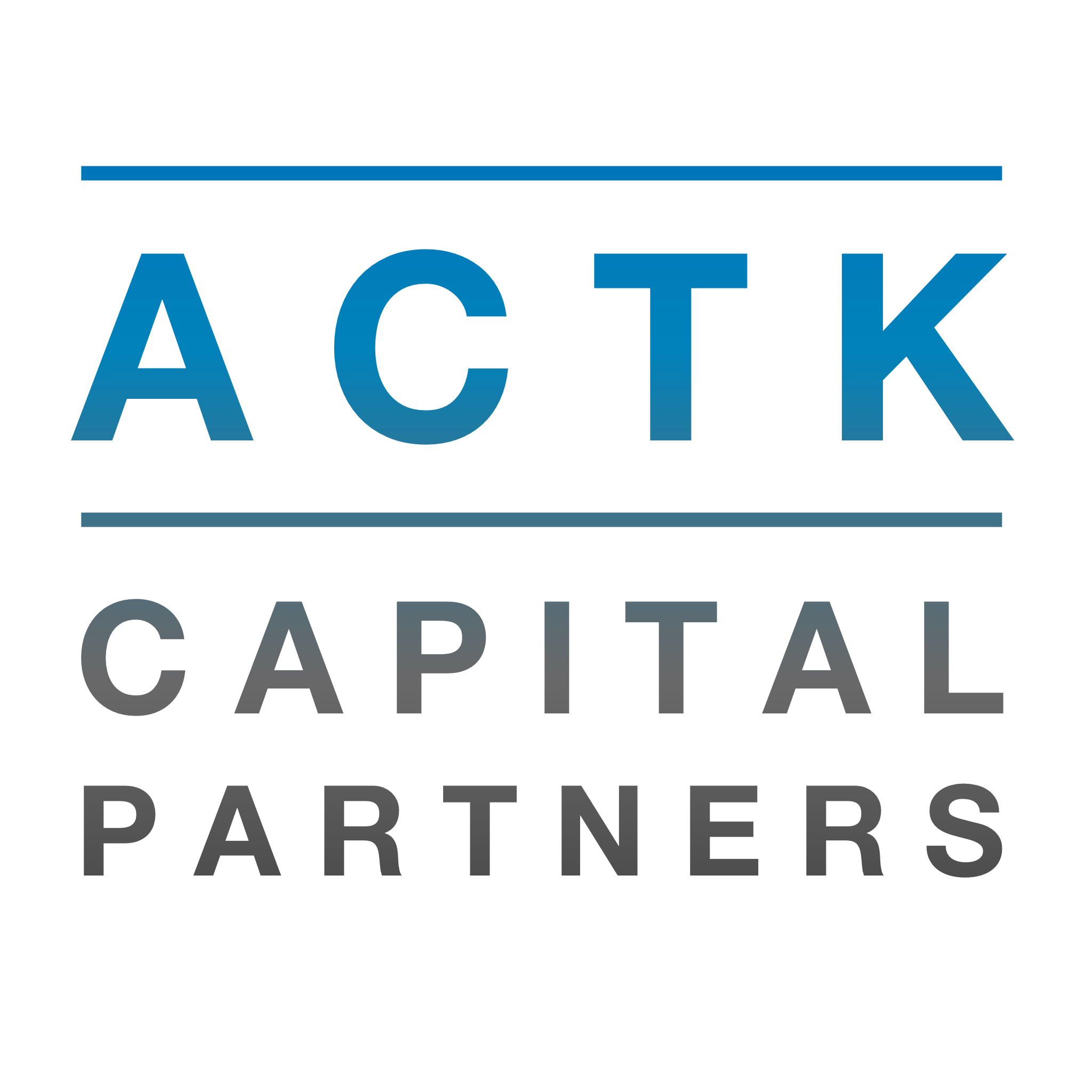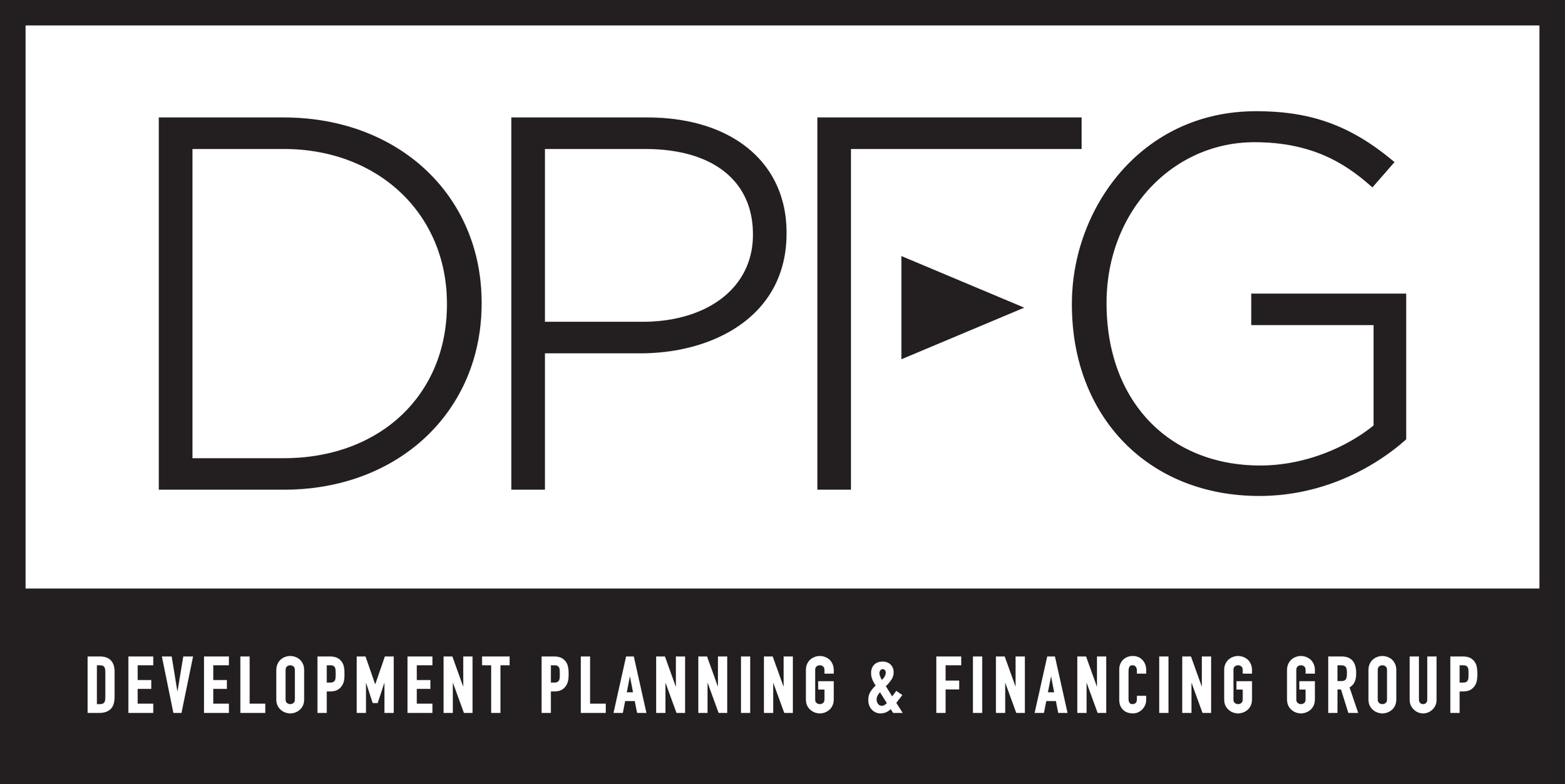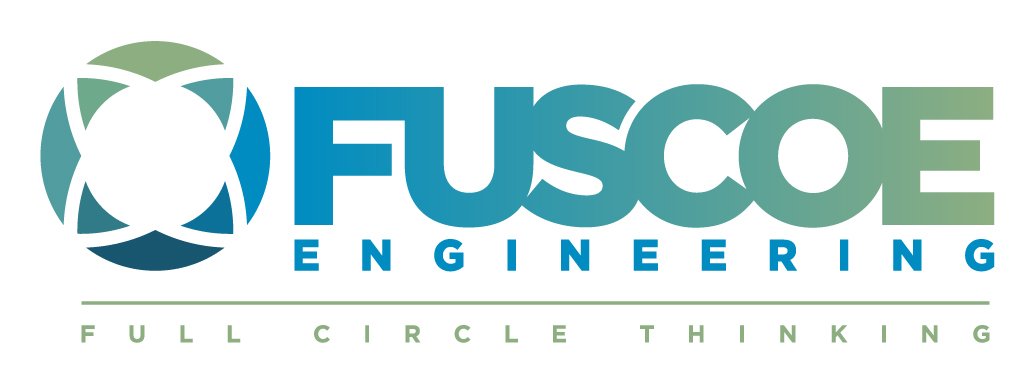Tom Torlakson stumps in Ontario for Proposition 51
Inland Valley Daily Bulletin
September 22, 2016
California voters have a chance in November to upgrade an overlooked part of the state's crumbling public infrastructure. Proposition 51 would provide $9 billion in bond money to renovate aging classrooms and build new teaching facilities for the state's shifting population.
The measure divvies the sum among school districts and community colleges, spreading the fix-it work from kindergarten rooms to technical training classes. It's also the first state school bond in over a decade, a lapse blamed on California's recent wobbly finances and rival public works projects that jumped ahead.
School supporters rebelled at these delays and took the citizen initiative route to put Prop. 51 on the ballot instead of waiting for the Legislature. It's hardly an orphan measure, though, and has picked up millions in campaign funds from contractors, construction unions, housing developers and financial groups who have a stake in building more schools.
Though California's school-age population has flattened over the last 10 years, it's still a sizable number: over 8 million students in K-12 and community colleges. But their campuses and schools are outdated and run down, ill-suited for technology and vocational training, plainly unsafe or barely habitable.
While many school districts regularly pass local bond measures, the customary expectation that Sacramento would chip in with additional money has faded. That's where Prop. 51 steps in by creating a statewide pot.
The measure's good intentions aren't universally accepted. Gov. Jerry Brown doesn't want the $500 million per year in bond costs tacked on the state budget that he closely guards. Among the backers of Prop. 51 are developers who have inserted rules that protect them from extra school fees for new housing. The single anti-tax group in opposition has signed ballot handbook arguments saying local districts can handle the job.
The measure amounts to a statewide commitment to the success of local schools. The general obligation bonds, which need a 55 percent vote, would supply the money to make that social ideal work.
One concern buried in the bond process is who wins. Critics including Brown say the money can be siphoned off by large districts fielding flocks of consultants who are adept at pitching construction projects. That leaves out smaller, less nimble districts who may need new classrooms just as much, these opponents say.
But Prop. 51 backers say decisions will be made on the basis of hardship, not clout. A state allocation board will need to parcel out the money in a balanced way that puts all districts on even footing. It's also important that frontline classroom needs are met first, not extra touches to a school complex that can wait. These areas will need watching if the bond measure passes.
Voters who favor local school measures have a chance to do the same for the entire state. Passing Prop. 51 can go a long way in modernizing schools and community colleges across California. Vote Yes on Prop.51.
Read the full article on the Daily Bulletin here.
A similar story also ran in the Press Enterprise for more on the event

































